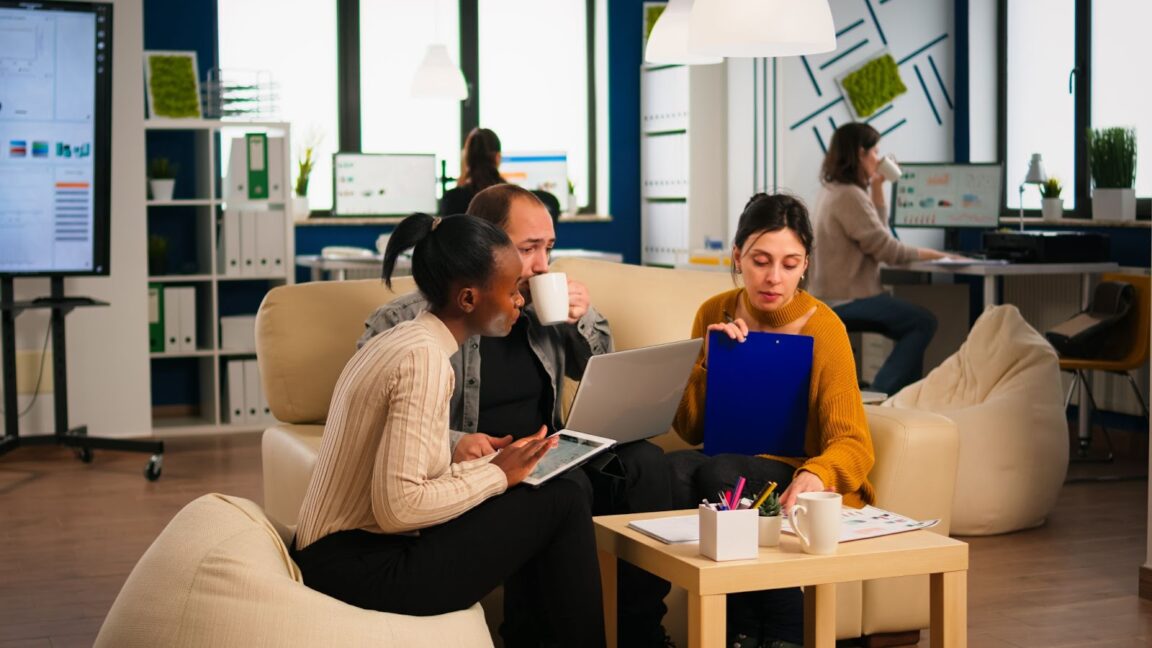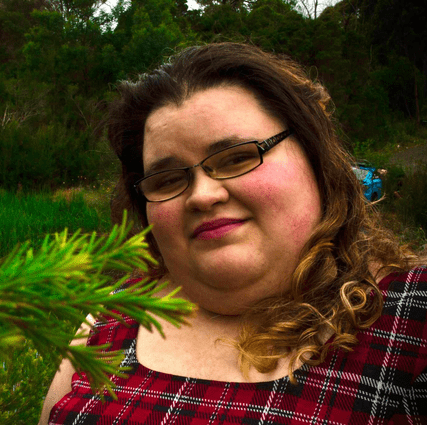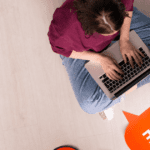Have you ever felt like you did not belong? Perhaps you wanted to leave a party early where you did not feel welcome? Maybe you decided against joining a social club because you thought you would be excluded? Or perhaps you feel like your workplace does not value you as much as other employees, even with your fair share of resin name badges that your boss makes you wear, promising otherwise.
Unfortunately, the power of diversity, equality and inclusion can often be overlooked as unimportant or ‘optional’, especially for professional events such as conferences, seminars, workshops, and networking meet-ups. Striving towards a more diverse, equitable and inclusive culture is a massive advantage, not only as a strategic or marketing tool but as a genuine and organic method of building a strong community that can come together and achieve great things.
Realise Your Bias
The first step to drive diversity, equality and inclusion is to reflect and identify our own privileges. Reflecting on what other people struggle with and what we may take for granted is an excellent starting point in identifying how to help those within the community feel just as valued, respected, and considered at any event.
For example, some people with physical disabilities are physically restricted to where they can go. These people might want to join an event but cannot, due to the lack of accessibility of the venue- something a lot of us do not even think twice about when attending an event.
The truth is, the more you provide an environment that safely and enthusiastically considers all kinds of people and their needs to be involved in an event, the more likely for higher attendance. This can lead to an even greater capacity for growth, learning and collaboration.
Prioritise Diverse Representation
Nothing sucks more than hearing a panellist or guest speaker talk about ideas that you can’t relate to, or worse, has not considered issues important to you or like-minded individuals. We have all led different lives and encountered different obstacles and opportunities. A Croatian immigrant living in Australia is going to have a different experience from the Indigenous Australian and Torres Strait Islander community.
Various groups and communities share unique values and desires and yet, sadly, issues such as systemic oppression, racism, discrimination and general bullying are a very real barrier for some of these communities, some more than others, to have a safe space in being heard and supported.
This is why seeking out diverse speakers that can give a voice to as many communities as possible, including but not limited to; race, ethnicity, gender, sexual orientation, age, ability, religion, and socio-economic status, is imperative.
It is a very special way to connect to an audience since providing that representation ensures that those who do not always have a platform to speak, can. It also allows those from other groups to contemplate a different perspective to their own, fostering empathy between groups and the chance to understand each other’s situations. As a result, more people can become aware of their privileges and use their influence, and resources, to inform others or by creating practical solutions.
Cultivate a Safe, Accessible and Inclusive Environment
Just as we touched on before, an accessible venue removes restrictions from certain people, allowing them to attend the event. But what does it take to be accessible? Ramps and nearby accessible toilets are a great start, but it is also the bare minimum.
Consider the following questions:
- What if the ramps are too steep to safely and comfortably use them?
- Do the toilets include an area for disabled persons or non-binary persons specifically?
- Are those with more ‘invisible’ disabilities considered too?
- Does the event provide quiet areas for those (such as individuals with Autism, ADHD or anxiety disorders) who struggle with crowds, noises, light and any other kind of stimulation that can be overwhelming?
- Is the information during the event communicated clearly, including to anyone with impaired hearing or vision?
- Is the language used inclusive to avoid inadvertently marginalising any group?
- Are all the materials, posters and any other advertising products at the event non-offensive and promote welcoming and positive messages?
- Is there a comfortable place for attendees to sit or rest, especially if they are plus size, pregnant, sick, or have mobility issues?
- Does providing for these needs cause the person to be separated from the main group in an obvious way that makes them feel uncomfortable, embarrassed or isolated?
- Are the staff properly trained to be professionally welcoming and sensitive to the diverse needs of different people?
As you can see, there is so much to consider beyond ramps and accessible toilets. Of course, adhering to all needs is difficult, however, many event co-ordinators simply do not think about these things or do not want to spend resources without knowing it will be worth their while. It is a shame because if these events invested in the needs of people to drive their diversity, equality and inclusion, the people would invest back into the event. It is especially true because it is uncommon for these people to feel that they belong, or are even welcome, in public places.
Unless you are someone who understands, it can be difficult to imagine just how challenging, unmotivating and isolating it is to travel through the world that was not made for you, and actively restricts you from experiencing it the way most other people do. Now, more than ever, we need to proactively seek out how to include and encourage emerging and underrepresented voices, providing them the opportunity to speak out their truth. It all starts with cultivating a safe, accessible and inclusive environment for all.
Encourage Feedback and Be Willing to Learn
The ability for progression, growth and acquiring knowledge are far more valuable than achieving ‘perfection’. Perfection implies there is nothing left to learn but only the wise and intelligent strive to continue learning. Have the courage and humility to accept feedback from the very audience that you want to connect with. Prioritise and encourage the feedback from the attendees of your event, learn from your shortcomings and implement changes to enhance the experience for your attendees at future events.
A Catalyst for Positive Change
Incorporating diversity, equality, and inclusion into professional events is not just a strategic advantage, but an effective way to build a strong and innovative culture. Through thoughtful planning, inclusive practices, and ongoing commitment, professional events can serve as catalysts for positive change, driving progress towards a more equitable and inclusive society.
Remember, the journey is ongoing, and each step taken brings us closer to a future where everyone feels valued, respected, and included. So, let’s continue driving diversity, equality, and inclusion at every opportunity, creating spaces where all voices are heard and celebrated.





